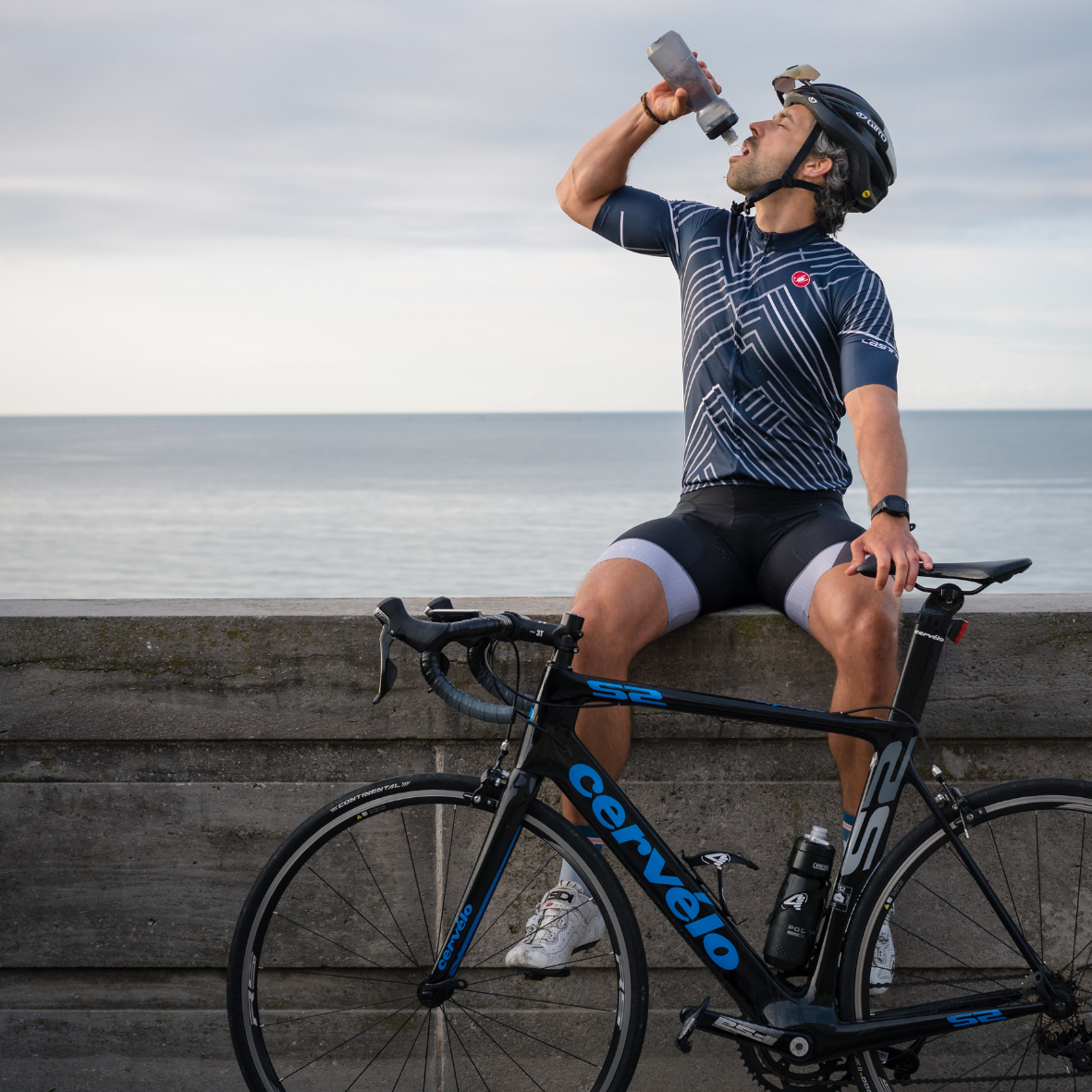Sodium and Sports Nutrition
Sodium is a hot topic in the world of sports nutrition, with a near ubiquitous usage across the world by athletes and sports enthusiasts alike. The reality of sodium and its effect on sports performance is often poorly understood, and frequently executed inappropriately in real world settings, with little thought often paid to the research base or how the human body metabolises sodium. This article will look at the research on sodium, the impact it has on sports performance & how we should use it.
Just to take a quick side bar, sodium and salt are often used as interchangeable terms, they are not the same thing, table-salt is made of two chemicals – sodium and chloride, to convert sodium to salt, multiply it by 2.5, for example, 1g of sodium = 2.5g of salt. Daily intake recommendations are approx. 5g daily for healthy people, and 3.5g daily for those with elevated blood pressure or who require a DASH diet. In healthy people, serum sodium levels are maintained very tightly, and rarely move outside of the 135 – 145 mEq/L range, only really in extreme cases or if there is an underlying condition, serum osmolarity in adults is normally 285-295, this is a value that is effected by sodium levels, electrolytes, creatinine etc.
So, to get into the topic of salt, sodium and electrolytes, and how they should be utilised during sporting contexts, we should start with the fact that there has been a recent systematic review outlining the fact that sodium supplementation doesn’t necessarily improve performance, finish time, heat management etc. High salt intakes during exercise is also associated with gut distress to the very high osmolarity associated with high salt beverages. This seems counterintuitive, but here’s the deal – during exercise, for the most part your serum sodium levels increase, even in hot climates or for those with high sweat rates, for the reason that your skin has a very effective tube system that reabsorbs sodium just below your skin, and the sodium concentration of sweat itself is much lower than that of your blood. This is not to say that sodium is not important, it is, if you bear with me you’ll get the inside scoop into how we should look to approach it’s use during exercise. Let’s look at some tests first for context.
The research has shown that even those shown to be salty sweaters, may need to make sure a few boxes are ticked prior to embarking on very high salt intakes, for the reason that the key reason one would have a high sweat sodium/salt content is that their diet is quite high in the same, rendering less reabsorption of sodium at the skin level. Before establishing your sweat sodium content a low sodium diet or doing the test immediately prior to a race would be warranted. Then we look at sweat rate, or how much sweat you lose hourly, this value can be altered by a multitude of things to major degrees including heat adaptation, fitness levels, genetics and conditions, a sweat test should be done close to a race in similar conditions to your key race to closely mimic your requirements.
Let’s say you do both the above tests in perfect conditions close to a key race, and you want to use the data in a race scenario. Let’s say your sweat rate is 1L/hr and you lose 1100mg sodium per litre of sweat. Let’s also say like most people, you're able to consume about 500ml fluids per hour whilst running, meaning you replace about 50% of your fluids, in this case we are looking at an athlete that will not be able to meet 70% or more of their fluid needs, this means that the athlete’s serum sodium levels will rise in all cases, and that sodium should be added to taste to drinks, or that the athlete can stick to isotonic drinks, electrolyte tabs or gels with sodium in them. In a sense, we season to taste. Salty sweaters lose 1840mg/L of sodium whereas low salt sweaters lose about 460mg/L of sodium, sweat rates are known to be as low as 0.4L hourly and have been recorded as high as 3.5L per hour.
Let’s take another athlete who loses 750ml fluids hourly and has the same 1100mg sodium losses hourly, but the athlete is a cyclists and can drink 750ml hourly. In this case, the athlete is meeting 100% of his fluid needs, which would mean that there is a higher chance of serum sodium levels dropping, because the athlete would be replacing a higher fraction of fluid losses than the previous example, resulting in possible sodium dilution, in this case we want to aim for about 70-85% sodium replacement hourly, or about 800-900mg sodium hourly, items like Precision Hydration are great in this case.
The table below should help you visualise your needs:
- Fluid intake <70% fluid losses means we only add sodium to taste or stick to isotonic
- Fluid intakes of 71-89% of losses means we replace 30-65% of sodium losses for salty sweater and season to taste otherwise
- Fluid intake of >90% fluid requirements means we replace 70-85% of sodium losses for salty sweaters and 30-40% replacement for non salty sweaters
Happy trails, Evan.










